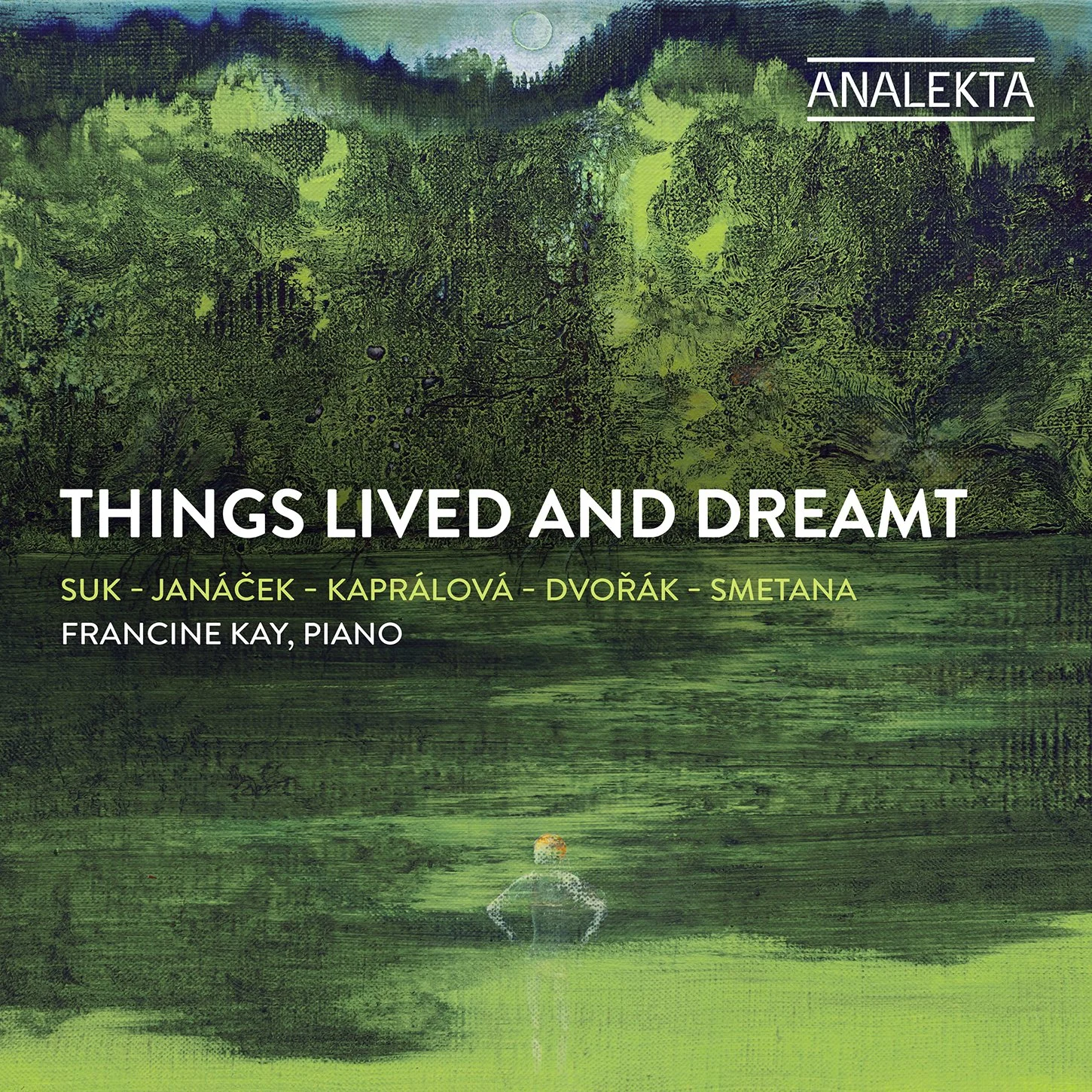Truman Harris: Concertino for Horn and Chamber Orchestra; Concertino for Flute and Chamber Orchestra; Rosemoor Suite; Aulos Triptych; Flowers; Sonata for Two Bassoons and Piano. Alice Kogan Weinreb, Aaran Goldman, Carole Bean, Leah Arsenault Barrick, flutes; Nicholas Stovall, oboe; Paul Cigan, clarinet; Truman Harris, Sue Heineman, Steven Wilson, bassoons; Laurel Bennert Ohlson, horn; Audrey Andrist, piano; Eclipse Chamber Orchestra conducted by Sylvia Alimena. Naxos. $12.99.
There is a somewhat unfair perception that many contemporary composers care more about impressing other composers and/or performers of their music than about reaching out to a wider audience. Like many behavioral generalizations, this notion has a grain of truth at its core in some cases but is a vast overstatement when applied to all cases. Indeed, there are composers such as Truman Harris (born 1945) who, while clearly interested in creating music that will appeal strongly to performers, are also hoping that an audience of non-performers will find the works worth hearing even if the listeners do not realize just what goes into the playing. All six Harris works on a new Naxos CD are interestingly scored and written to intrigue and challenge the performers – indeed, the players on the disc are the ones for whom Harris wrote the pieces. But all the works also have much to recommend them simply as music and, on that basis, will appeal to listeners who enjoy woodwinds (which dominate these pieces) and are open to hearing some unusual instrumental combinations.
Harris’ music has something of pastiche about it, with noticeable (that is, audible) influences both from classical composers (Stravinsky, Poulenc and others) and from popular music (ragtime, tango, etc.). This music generally lies quite well on the wind instruments, which is scarcely surprising in light of Harris’ lengthy career as a bassoonist with the National Symphony Orchestra, the Eclipse Chamber Orchestra (heard on this recording), and other ensembles. The string writing here is also fine, although piano parts, when that instrument is used, are rather pedestrian. The longest and most expansive pieces here have the most conventional scoring. They are the two concertinos, for horn (2015) and flute (2003). Both offer the soloists plenty of opportunities to stand out within a traditional three-movement structure. In fact, despite their dates of composition, both these works could have been written decades earlier – and that is not a criticism but a measure of the skill with which Harris has absorbed earlier influences and put them to good use in producing well-balanced, intricate but eminently listenable music. Still, the four non-concertino pieces, although slighter than the concertinos, are more aurally interesting through their use of unusual instrumental combinations.
The five-movement Rosemoor Suite (2015) is for flute, oboe, clarinet, horn, and bassoon, with Harris himself playing the last of these instruments. The work pays direct homage to some of Harris’ musical inspirations by including a Charleston and a “Silent Movie” movement that does indeed sound as if it could accompany a film from the pre-sound era. There is also an attractive, brief theme and variations here, called “Fantasia.” Even more engaging is Aulos Triptych (2015), for four flutes and piano – quite an ensemble! – whose three movements’ grace, reminiscent of Poulenc, is nicely expressive of the titles “Light and Color,” “Dreams of Fancy Places,” and “A Warm Day in Winter.” Harris has considerable skill as a miniaturist, as is clear not only in Aulos Triptych but also in Flowers (2006), whose six movements are very short indeed: the longest, “Tulips,” lasts less than 90 seconds. LikeRosemoor Suite, this work is for flute, oboe, clarinet, horn, and bassoon (Harris again). The daintiness and delicacy of Flowers are admirable and are effectively communicated. And then there is the fascinating Sonata for Two Bassoons and Piano (2008), another work (like the concertinos) in the traditional three movements, but one whose sound is decidedly unusual. The piano’s three chords in “Until Three [o’clock]” are its most noticeable contribution here, with the bassoons weaving a lovely sonic tapestry in “Moon in the Water” before cutting loose in a jazzy, waltzing rondo finale in which Harris does not perform, perhaps preferring in this instance to sit back in the role of composer and delight in the many moods of which he knows his instrument to be capable. Even though the bassoon is often relegated to a kind of comic role, Harris knows that it, and the other instruments for which he writes, have a far greater expressive capability – and one that does not require the sorts of artificial “extensions of range” that engage many contemporary composers but few contemporary audiences.





